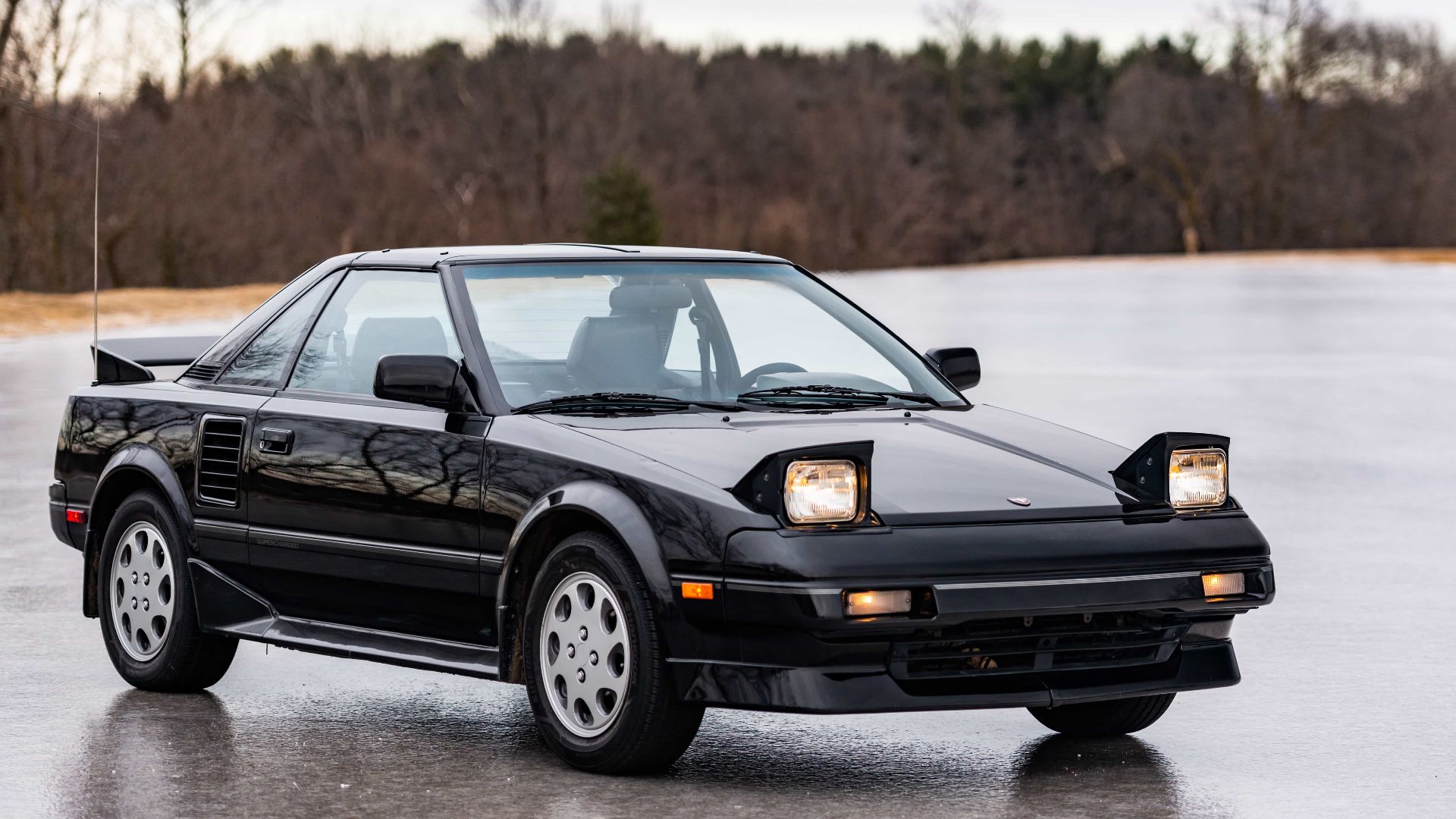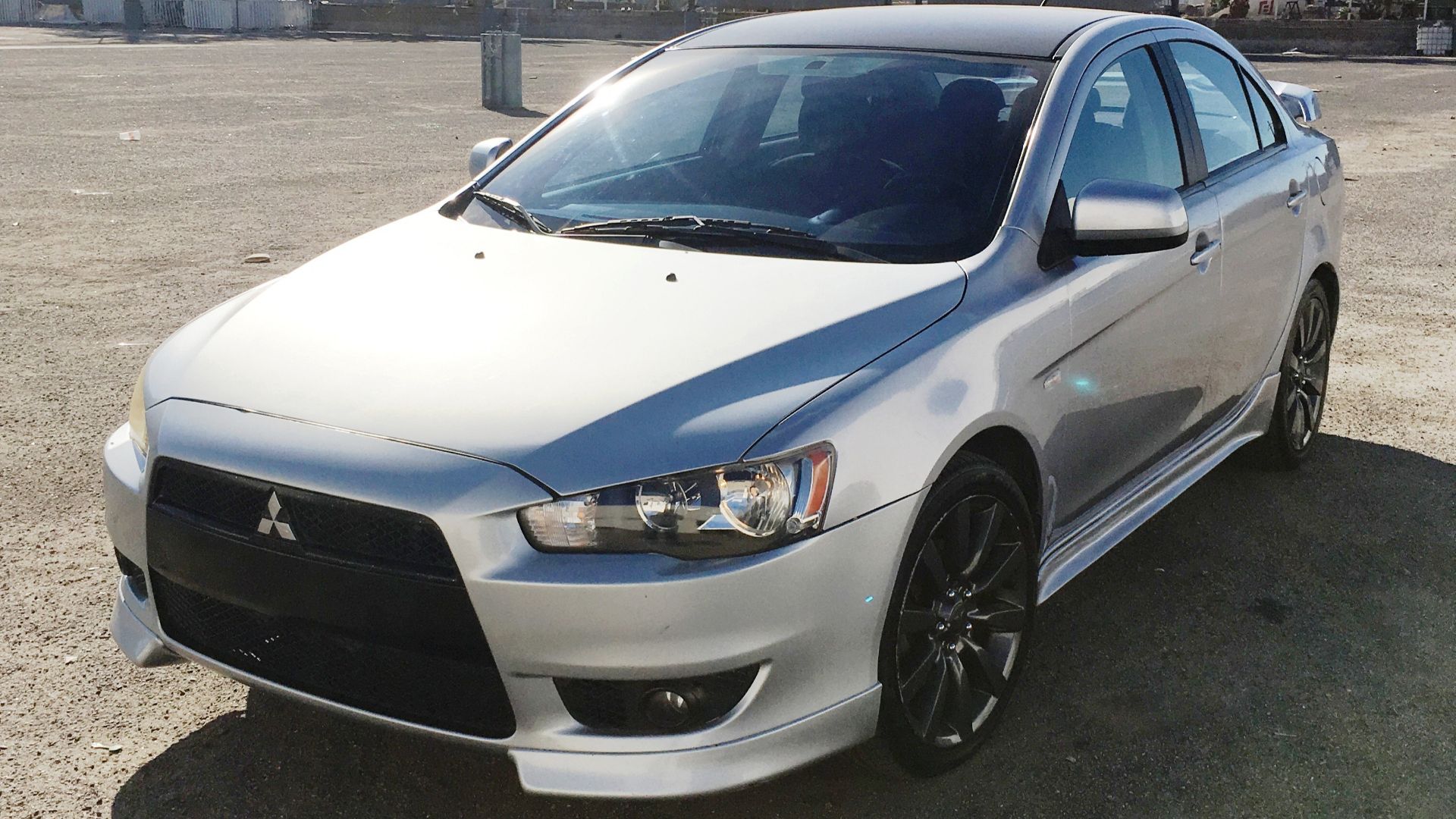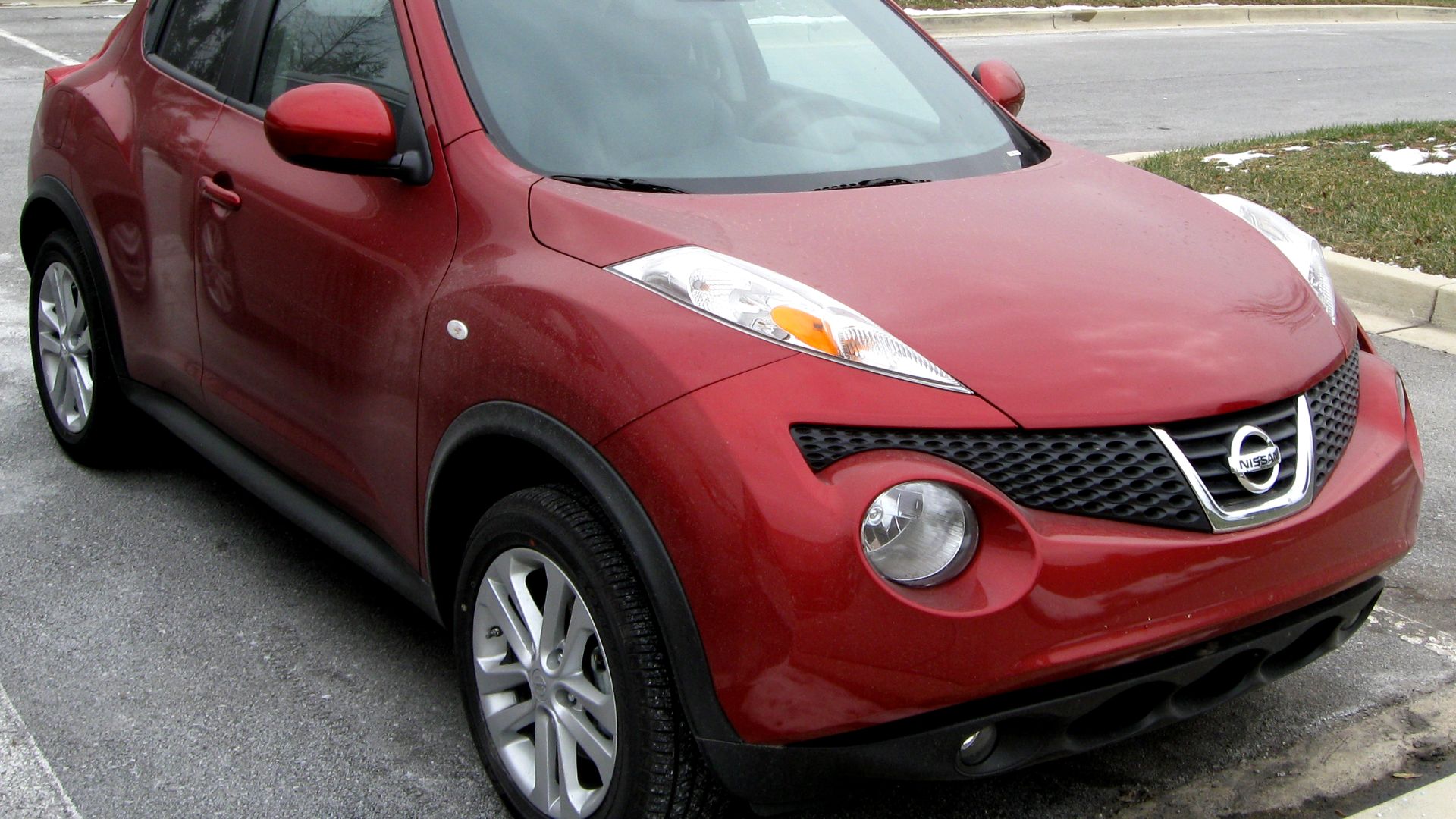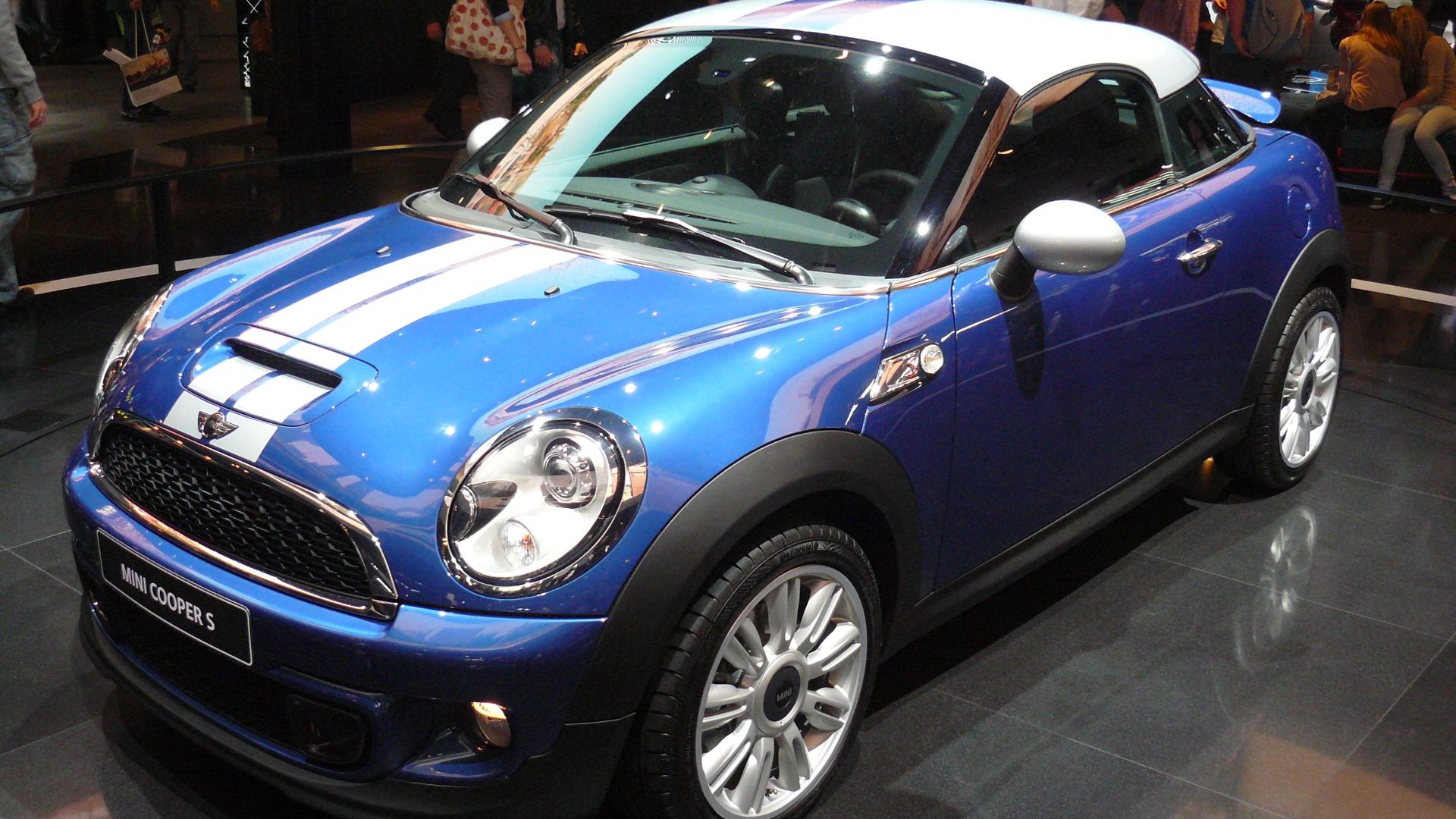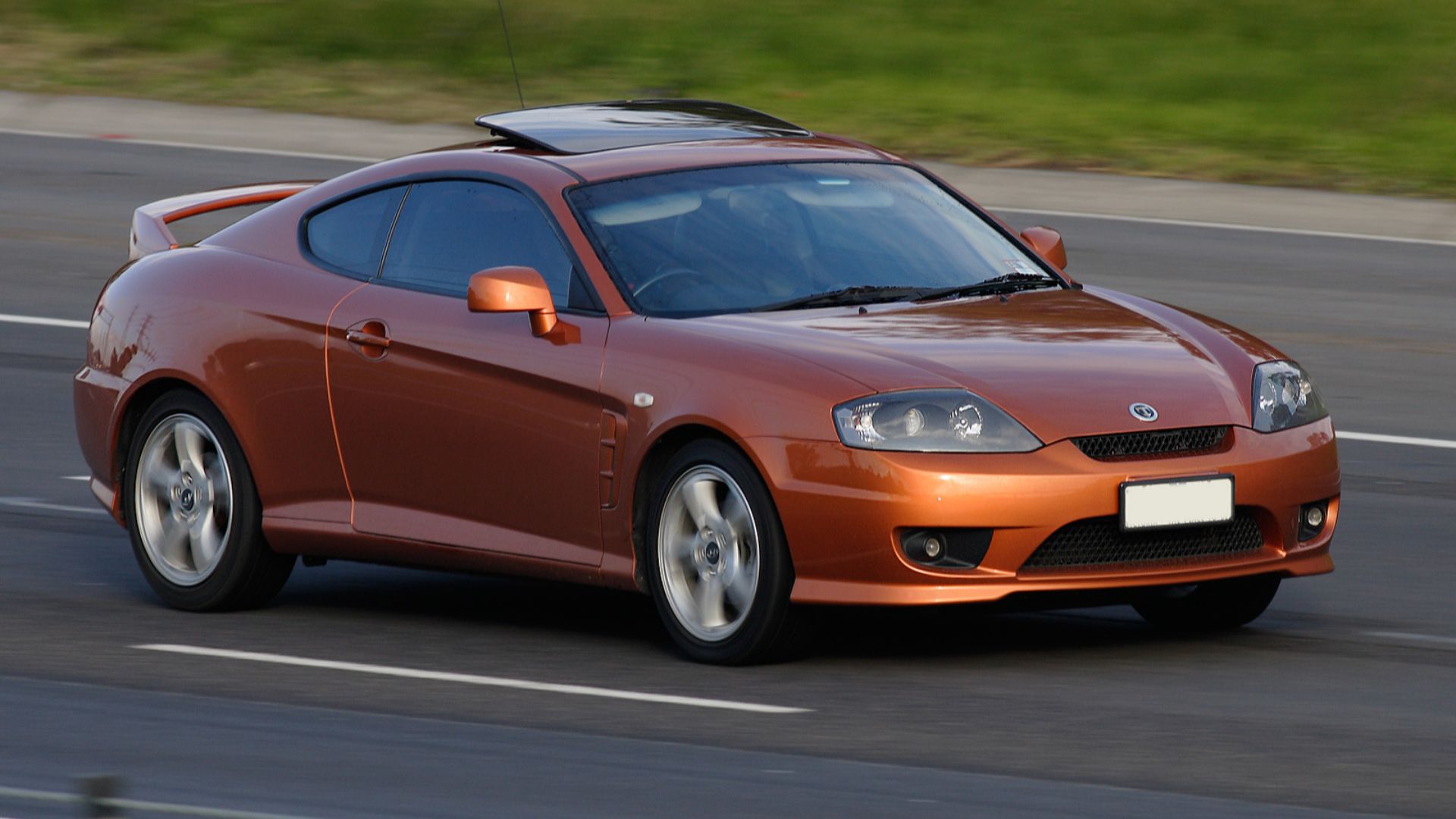These Sports Cars May Look Quick, But Their Specs Will Surprise You
Sports cars have come a long way since the days of the classic Porsche 356 or the Ferrari 360 Spider, and some have been absolute rockets that are a pleasure to drive. Meanwhile, others have languished in the wings, relying on their sporty looks to get by without offering much in the way of performance. Let's review some "sports" cars that didn't live up to the hype.


2016 Honda CR-Z
The 2016 Honda CR-Z was supposed to be a sporty hybrid that succeeded Honda's popular CRX Si of the late 1980s and 90s. Powered by a 1.5L four-cylinder engine with a battery option, the CR-Z produced 127 hp. That's not a lot of horses for a "sports coupe," but fret not—it was one of the least-polluting vehicles in the United States that year.
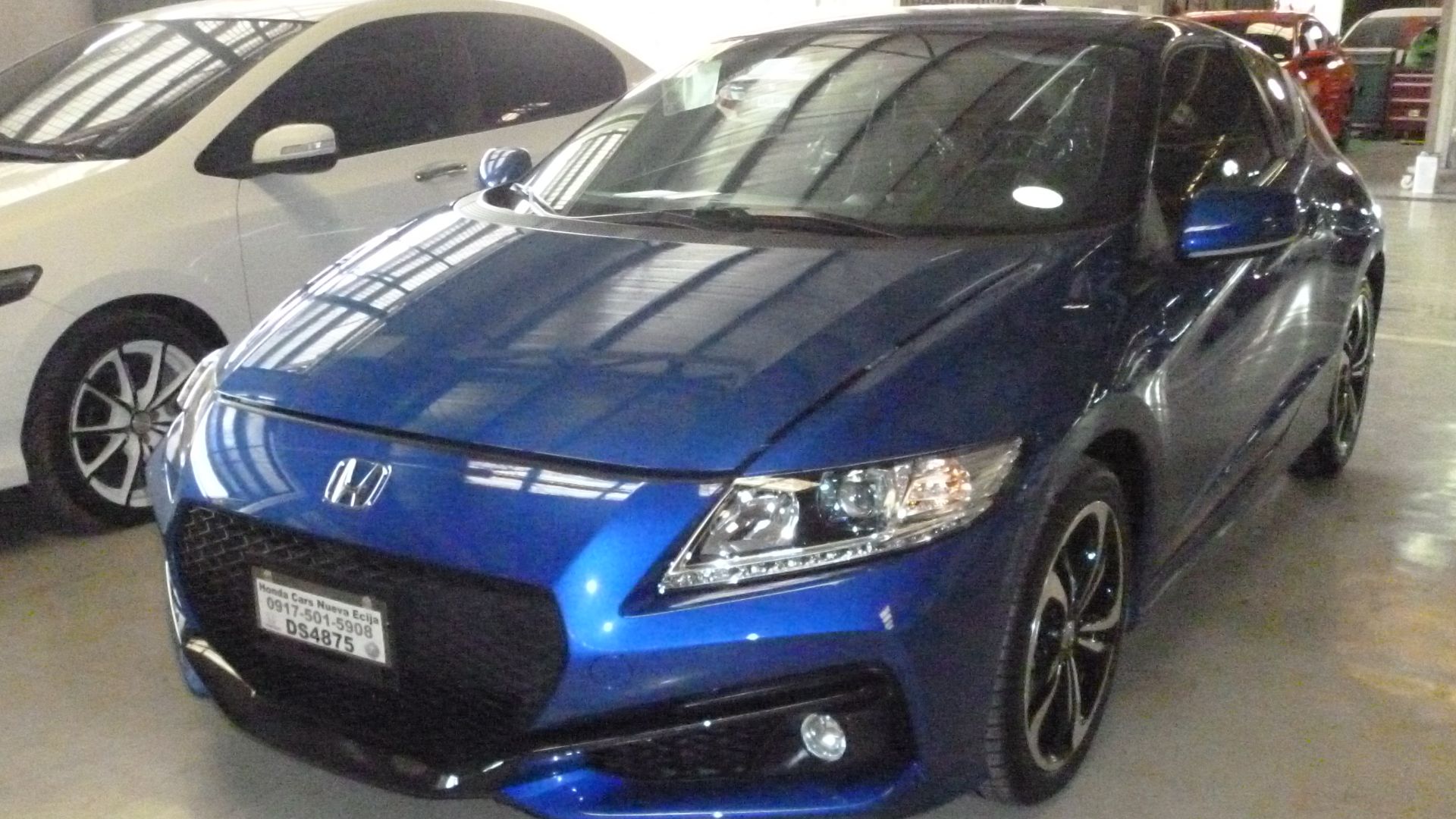 Captainmorlypogi1959, Wikimedia Commons
Captainmorlypogi1959, Wikimedia Commons
2014 Chevrolet Impala
Although the Chevrolet Impala may have legendary status in the US, that was 60 years ago. 12 years ago, Chevrolet released the 2014 Impala, signalling a new generation of sportier Impalas. Its front end screamed performance, with interesting lines and curves that exemplified power. Unfortunately, nobody told Chevrolet that they initially released the base model with just a 195 hp 2.5L inline-four cylinder engine. Its top speed? Just 100 mph. Pathetic.
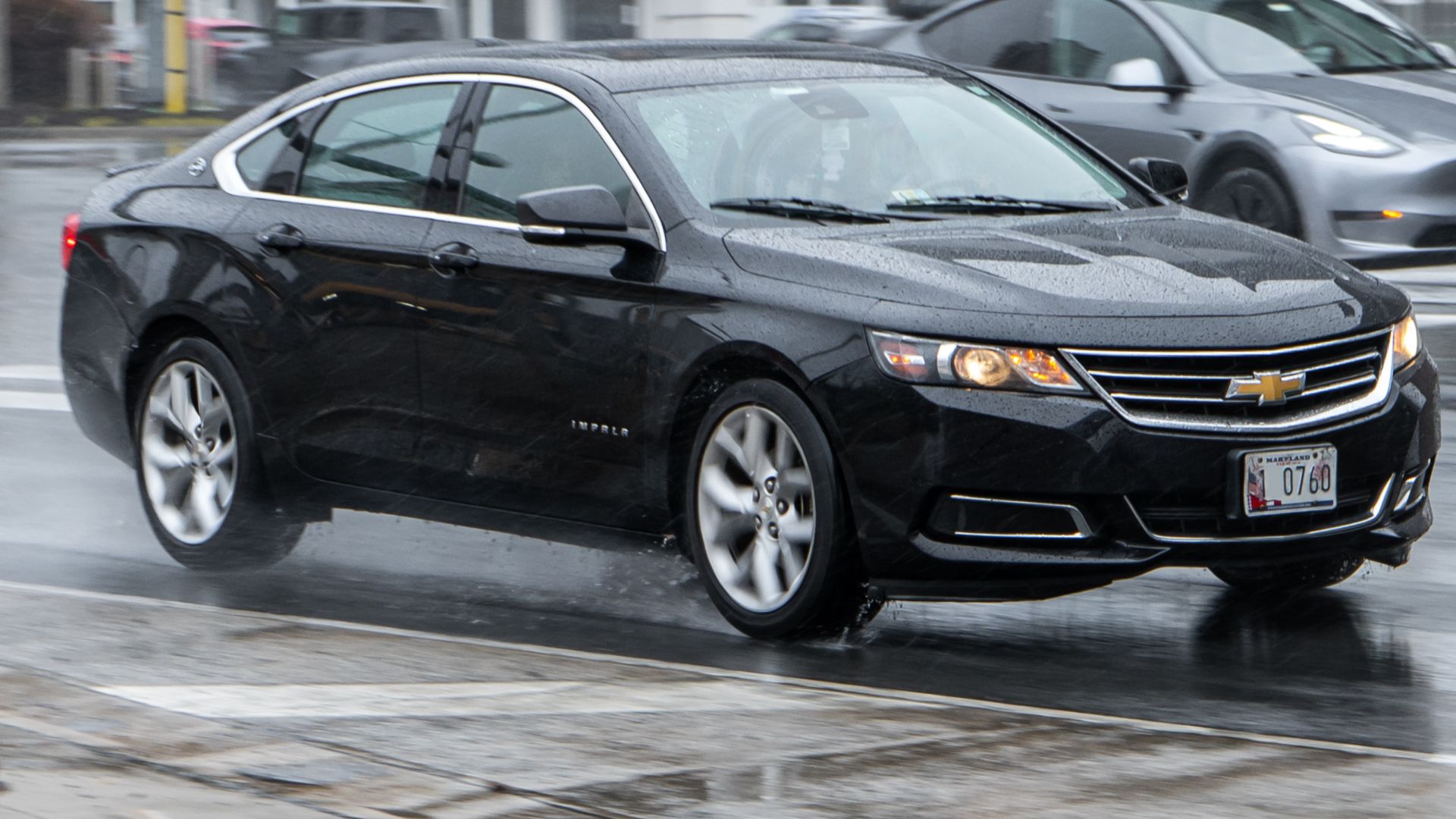 OWS Photography, Wikimedia Commons
OWS Photography, Wikimedia Commons
Scion FR-S
Otherwise known as the Subaru BRZ or the Toyota 86, the Scion FR-S was a joint venture between Subaru and Toyota. The long-running rivals put aside their differences to create the fastback coupe back in 2012, powered by a naturally aspirated boxer engine. Carbon fiber panels, a vented hood, racing seats, and a roll cage? This thing had better be quick. It wasn't. A top speed of 145 mph and a 0-60 time of 7.4 seconds. Not exactly groundbreaking.
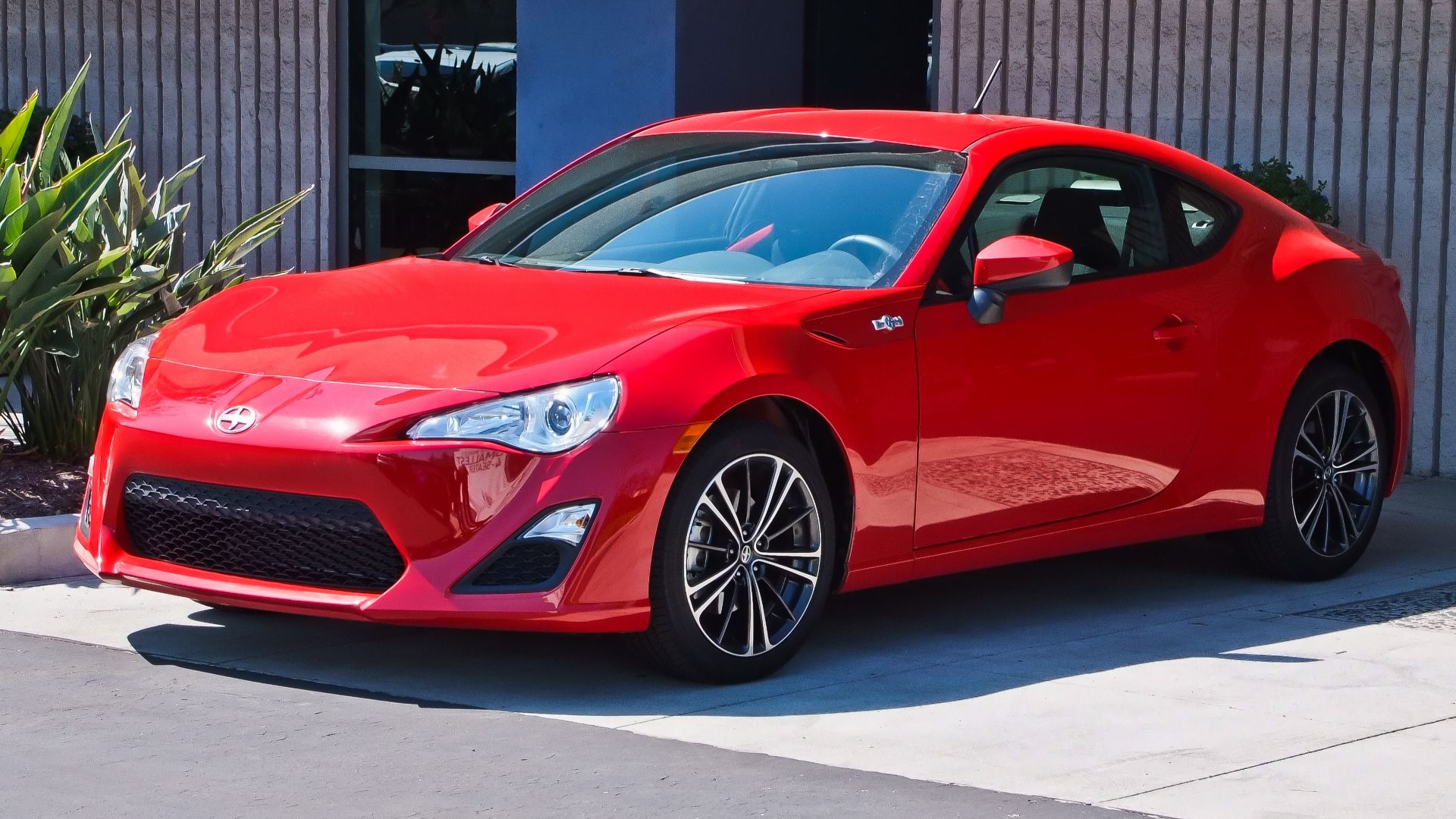 Motohide Miwa, Wikimedia Commons
Motohide Miwa, Wikimedia Commons
Toyota MR2
The Toyota MR2 is a classic sports car from the mid-1980s, after being unveiled in 1984. It's something of a legend in the import car market and was supposed to be the sports car to rival all sports cars in its class. For a while, it was, but its performance didn't match the rear-spoiler, flip-up headlights and exterior styling similar to that of a Ferrari. A "poor man's Ferrari" as it was known, it lived up to that moniker, taking 8.4 seconds to reach 60 mph.
Hyundai Veloster
The Hyundai Veloster does look sporty, doesn't it? With the curved line from front to back, asymmetrical doors, and bold color options. The compact hatchback featured a DOHC four-cylinder 2.0L engine with a turbocharger. It produced an impressive 200 hp, but unfortunately was sluggishly slow, needing nearly seven seconds to reach 60 mph. It might have been a great family car, but it wasn't overly sporty, despite the under-hood fixings.
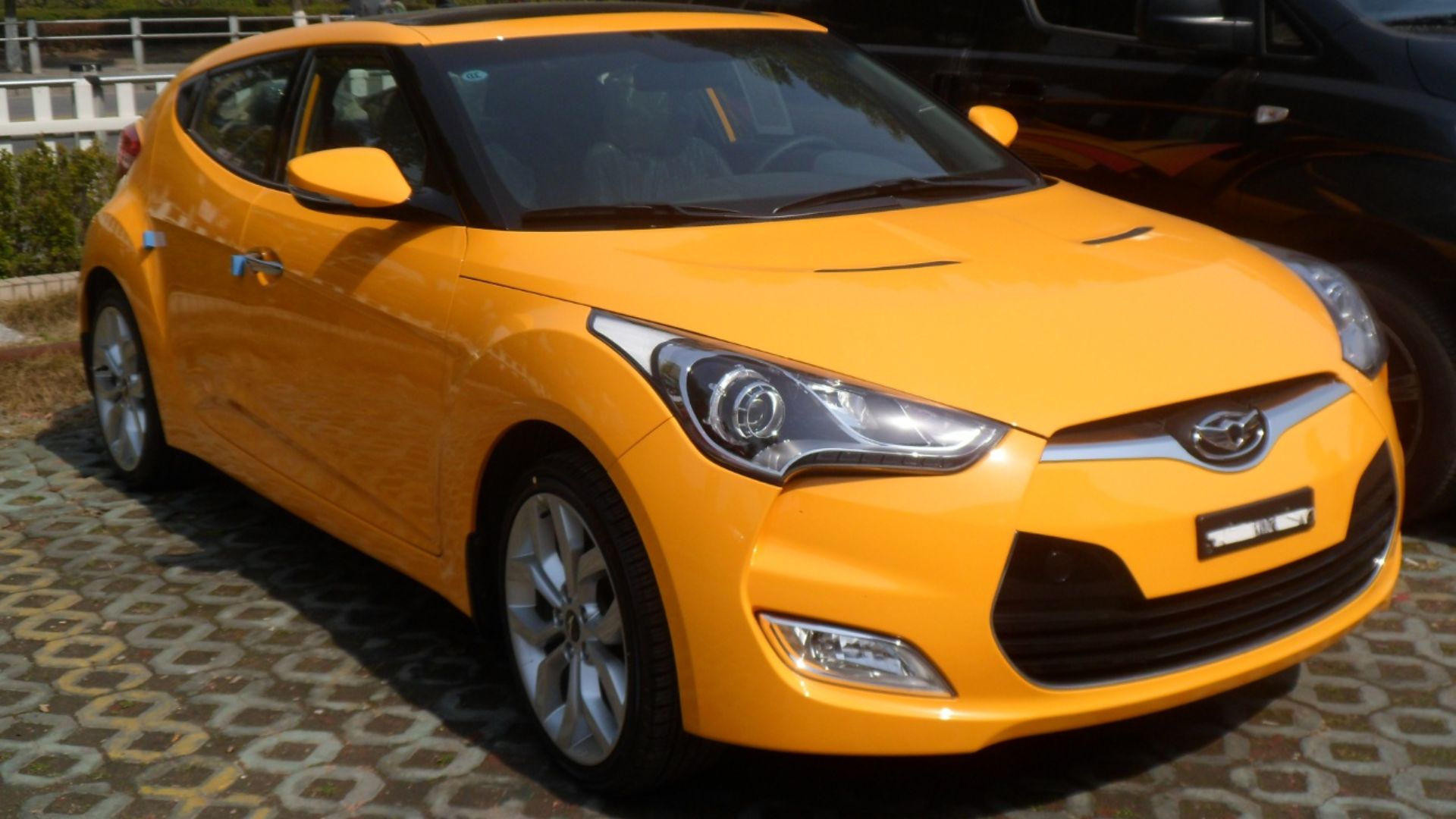 Navigator84, Wikimedia Commons
Navigator84, Wikimedia Commons
Chevrolet Sonic RS
Another small car that should have been sportier. The improvement on the Chevrolet Sonic came in the form of the RS variant in 2016. Featuring a rear spoiler and dark grey alloy wheels, the RS was supposed to be quick, but it ended up being underwhelming. Despite being fitted with a turbocharged 1.4L engine, the RS only produced 138 hp and took 8.5 seconds to reach 60 mph. Still, at least it had keyless entry.
 2016 Chevrolet Sonic RS - Our Perspective, Wii Auto Sales
2016 Chevrolet Sonic RS - Our Perspective, Wii Auto Sales
2009 Mitsubishi Lancer GTS
Despite the legendary history of the Mitsubishi Lancer as a rally car, the 2009 Lancer GTS became an unfortunate failure for cars that were supposed to be sporty by default. Fitted with a 2.4L four-cylinder engine that produced 168 hp, the Lancer GTS had all the looks: Ralliart inspired front fascia, alloy wheels, even a spoiler and vented hood—but none of the performance. For heaven's sake, it took eight seconds to get to 60 mph and 16.5 seconds to cover a quarter-mile. Terrible.
2010 Nissan Juke
People weren't sure what to make of the Juke when it came out. It definitely lived up to its namesake on its face: it was certainly jukebox-esque "funky". The front end had a stacked array of lights, with curiously-shaped headlights, a high waistline, and slim windows, with the front windshield resembling a racing visor. Unfortunately for the Juke, only its looks turned heads. The 1.6L turbocharged CVT engine produced 188 hp and took seven seconds to reach 60 mph. It's funky, that's for sure, but that's about all.
2014 Dodge Dart
Its nameplate comes from the 1960-1976 legendary sedan, but this Dodge Dart missed the bullseye by a mile. Mirroring the Lancer GTS with an aggressive-looking front end and rear spoiler, the Dodge Dart failed to live up to its legendary namesake, even in its top trim: a 184 hp 2.4L engine. It takes nearly 10 seconds to get to 60 mph, and nearly 20 seconds to finish the quarter-mile. It missed the dartboard entirely, did this one.
 order_242, CC BY-SA 2.0, Wikimedia Commons
order_242, CC BY-SA 2.0, Wikimedia Commons
2011 Mini Cooper Coupe
Another take on a legendary car, the Mini Cooper Coupe is something of a let-down. A chopped roof, sloping roofline, double-rear spoilers, and two racing stripes down the middle set up this Mini Cooper to be the sportiest yet. But, it's all downhill from the roofline, unfortunately, as the 1.6L naturally-aspirated V6 engine takes more than eight seconds to reach 60 mph and a top speed of 149 mph. It was discontinued after four years in production in 2015.
Toyota Celica
The fifth-generation Toyota Celica made a name for itself on the rally circuit, with its flip-up headlights, rear spoiler, and low body profile that exemplified the 1980s. Powered by a 1.6, 2.0, or 2.2L inline-four cylinder engine, the Celica produced 135 hp and took 10.4 seconds to go from 0 to 60. Cool-looking? Yes. Cool performance? Not exactly.
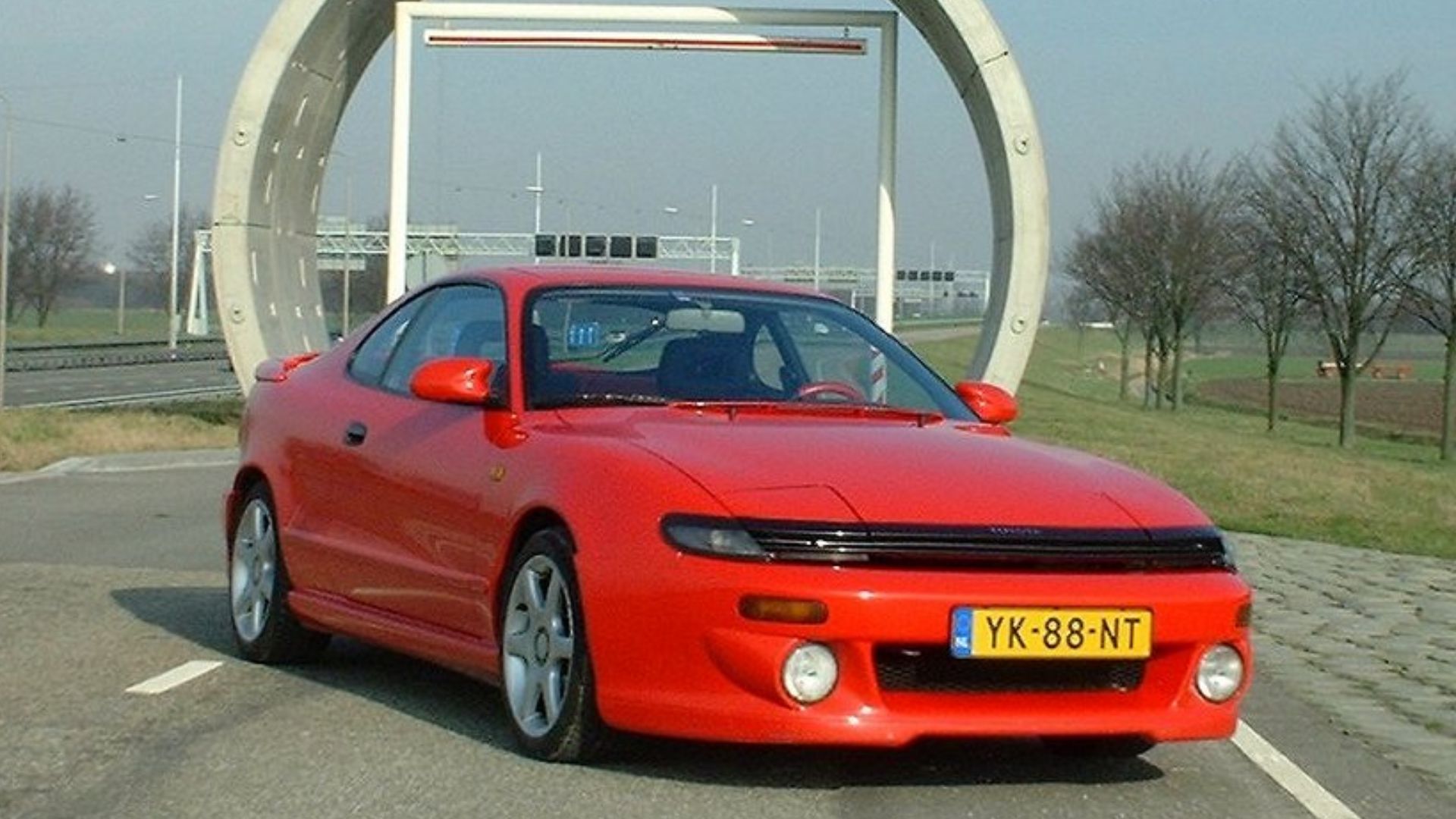 Filosoof2004, Wikimedia Commons
Filosoof2004, Wikimedia Commons
Mazda RX-8
The Mazda RX-8 was the successor to the Mazda RX-7, a hyper-popular Japanese sports car of the mid-90s. Unfortunately for the RX-8, it had some big shoes to fill and didn't quite match up when it was unveiled in 2011. The front mid-engine rear-wheel drive RX-8 brought 240 hp with rear-opening doors and a spoiler. The RX-8 was so bad that Mazda discontinued the car one year later, without a successor, ending an incredible line of sports cars with a whimper.
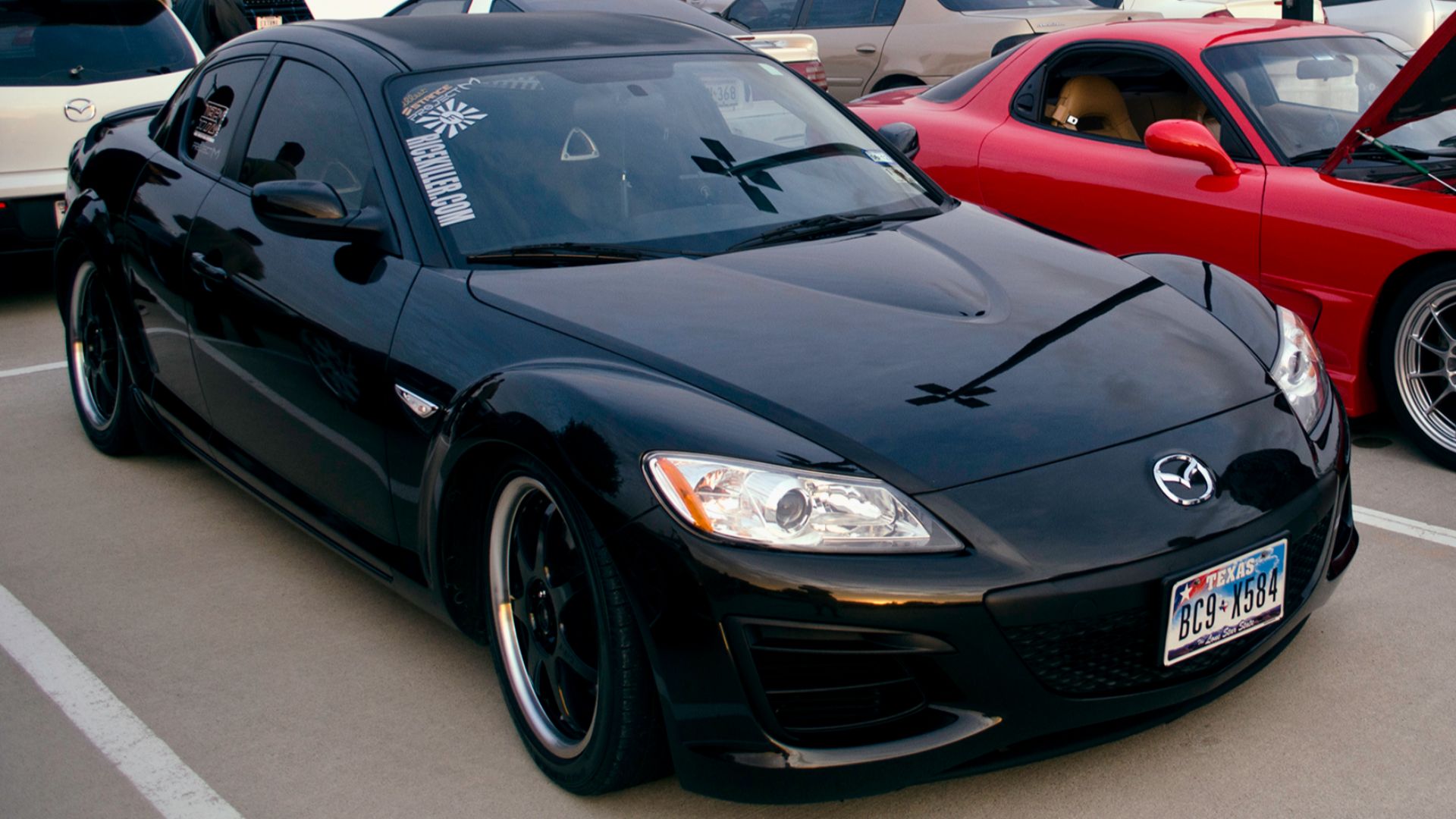 Michael Price from Houston, USA, Wikimedia Commons
Michael Price from Houston, USA, Wikimedia Commons
Pontiac Fiero
The Pontiac Fiero may have tried to look like a Ferrari, but that's about where the similarities ended. With a four-cylinder engine with flip-up headlights and a rear spoiler, it was sold between 1984 and 1988. It was another poor man's Ferrari from the 1980s. Comprised of innovative composite body panels, the Fiero promised performance, but it was underwhelming, taking 10.6 seconds to go from 0 to 60. The Fiero was extinguished, having sold just 370,000 units.
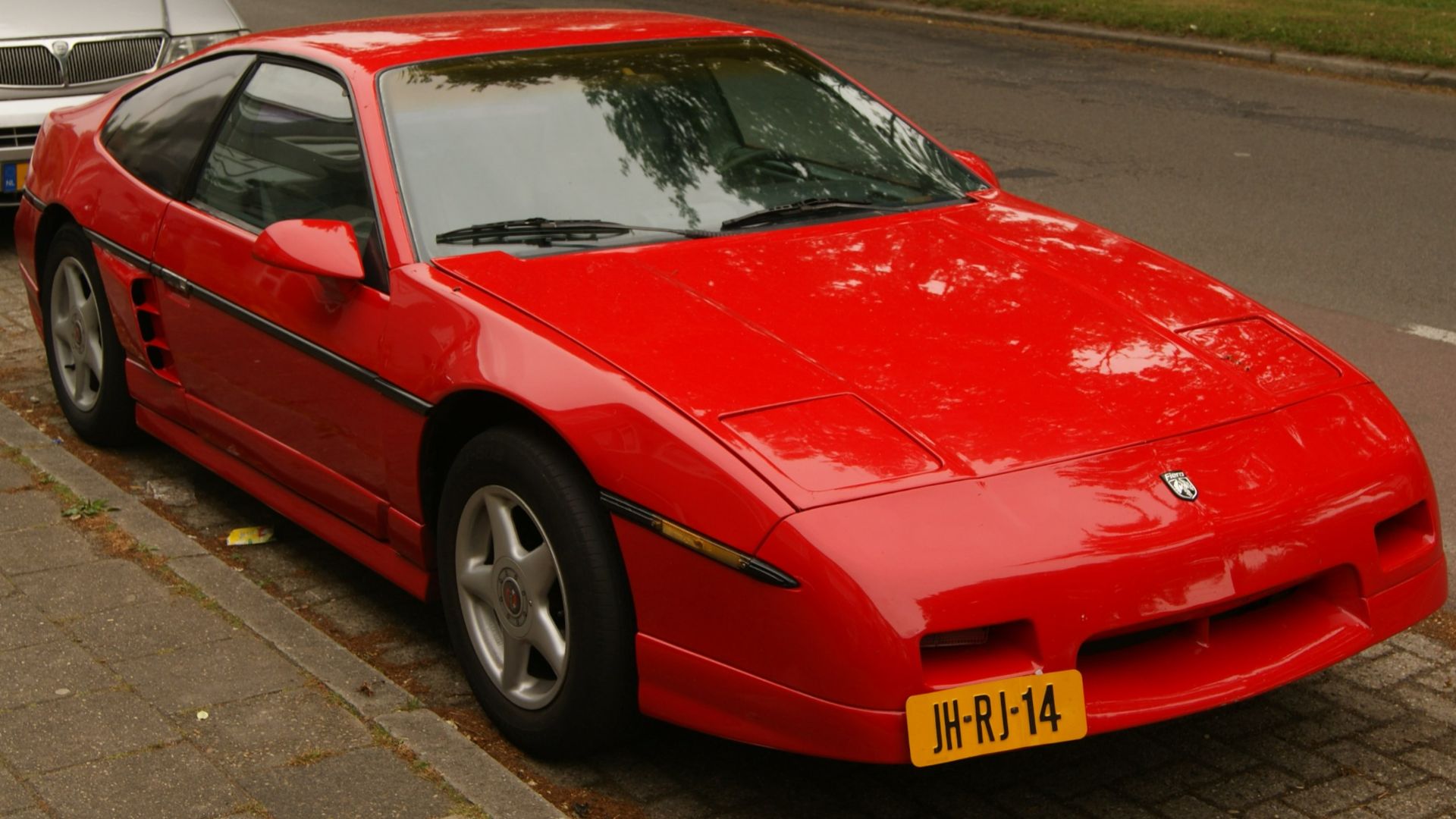 Niels de Wit from Lunteren, The Netherlands, Wikimedia Commons
Niels de Wit from Lunteren, The Netherlands, Wikimedia Commons
Fiat 500 Abarth
An award-winning Italian car, the Fiat 500 Abarth was released in 2007, bearing the Fiat 500 nameplate. The Abarth was manufactured in Poland until 2024. This legendary car sold so well that it's hard to criticize it, but we're going to anyway. It sold more than 2.5 million units in 17 years, making it a very attractive option for a quick little zip-around car—but it was hardly quick (taking seven seconds to go to 60 mph) and was much more "compact" than sporty.
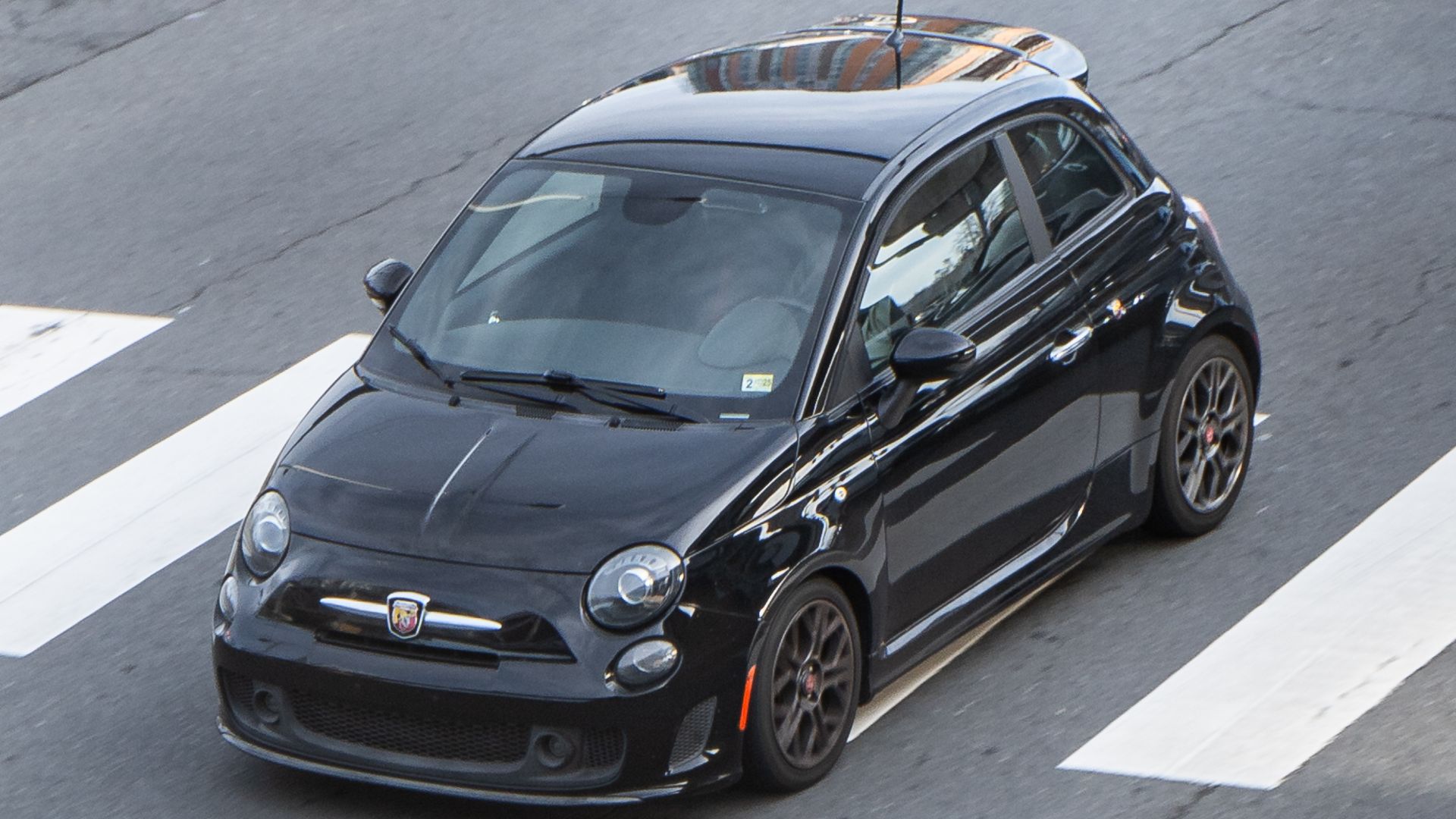 OWS Photography, Wikimedia Commons
OWS Photography, Wikimedia Commons
Hyundai Tiburon
A modern interpretation in Hyundai's sports car lineup was the Tiburon. Born in 2008 out of a facelift to the original Tiburon, the narrowly-angled front headlights and rear spoiler, as well as the lower profile of the car gave it a sporty edge. But its looks were about all the new Tiburon had going for it.
Porsche 924
The Porsche 924 was manufactured by Porsche for 12 years between 1976 and 1988, sitting as their most "affordable" entry-level model. It was the first road-going Porsche to use a water-cooling engine, a 2.0L inline-four. The 924 could go from 0 to 60 in 8.4 seconds, which was painfully slow for the German sports car market. It was discontinued in 1988 and replaced by the much more successful 944.
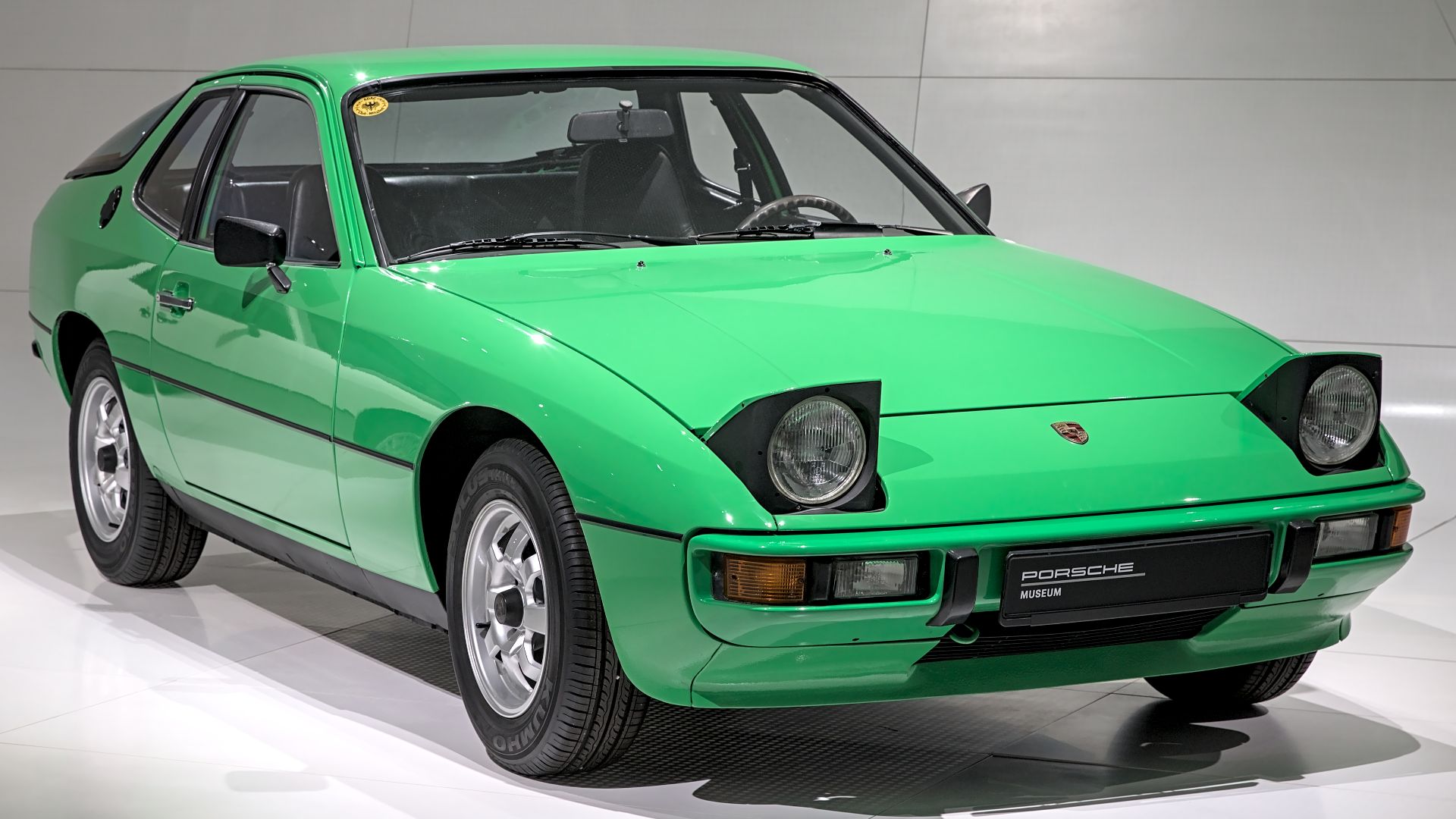 Alexander Migl, Wikimedia Commons
Alexander Migl, Wikimedia Commons
Which Of These Slow Pokes Did You Have?
Which of these unsporty sports cars did you own? Do you have any other suggestions for the "sports" cars that never lived up to their aesthetic appeal with speed and power? Let us know in the comments.
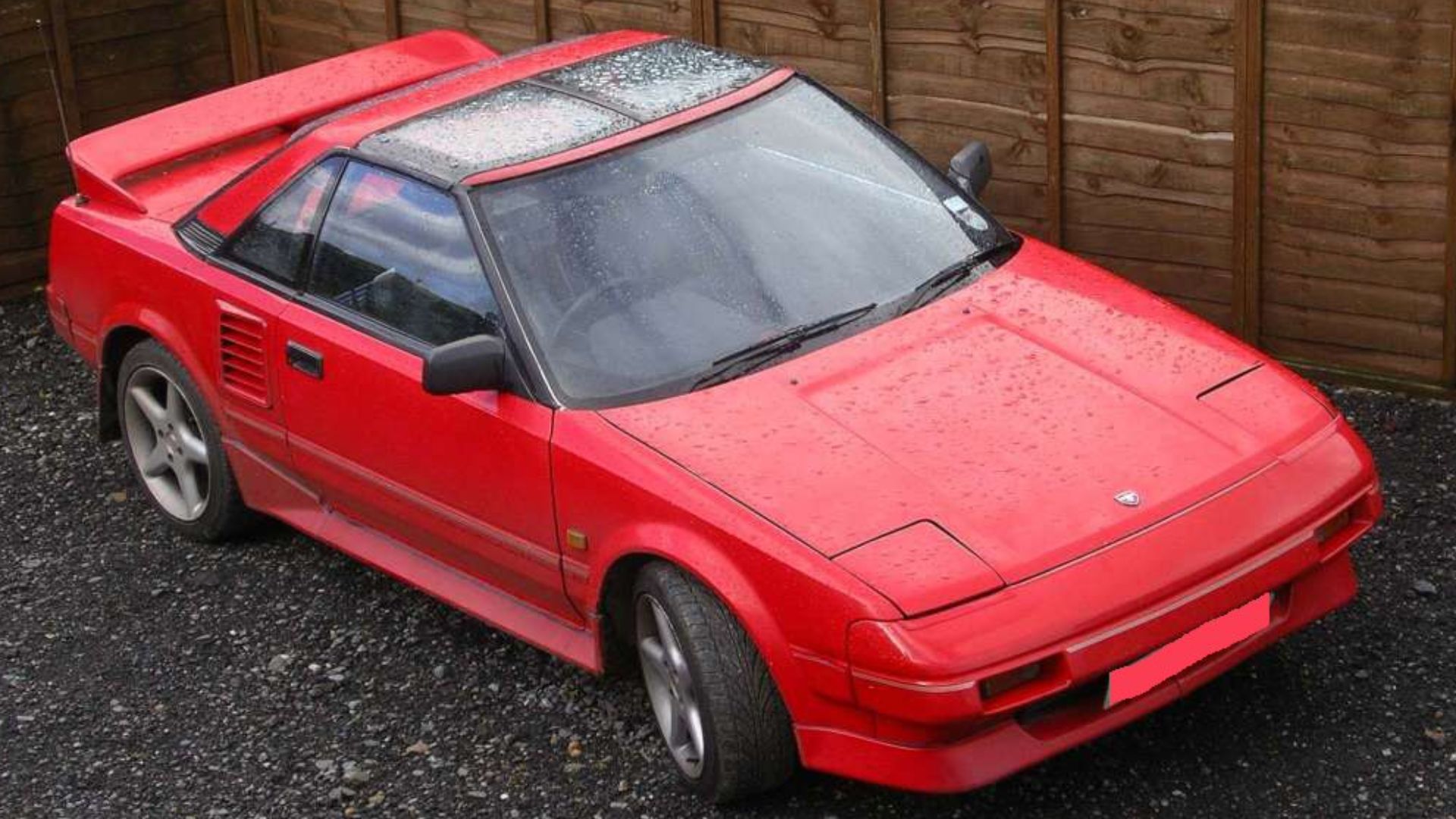 The original uploader was Schooleydoo at English Wikipedia., Wikimedia Commons
The original uploader was Schooleydoo at English Wikipedia., Wikimedia Commons
You May Also Like:
Tariff Mania: The Turmoil In The Auto Industry Is Real
These Rad 1950s Cars Were Some Of America's Best


